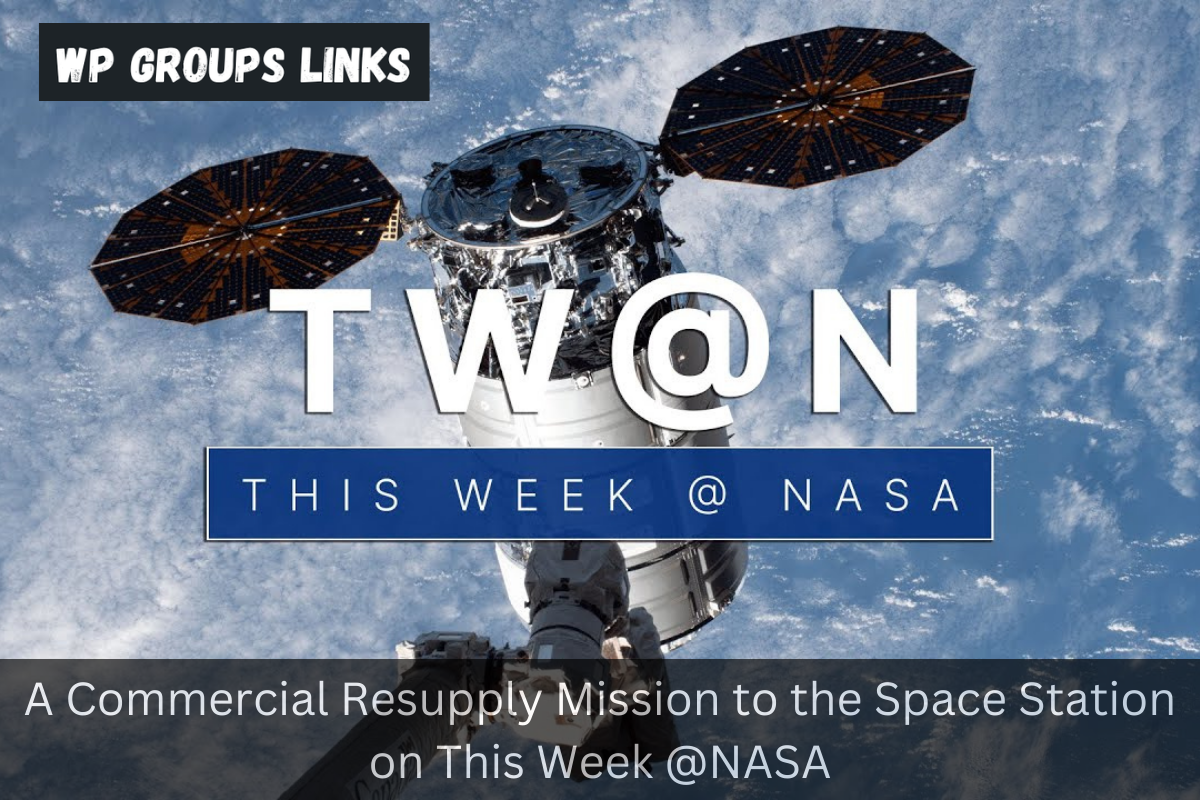The JWST Determine The Temperature
The James Webb Space Telescope (JWST) has ushered in a new era of space exploration, particularly in the study of exoplanets. Understanding the temperature of exoplanets is crucial in identifying habitable conditions and unraveling the mysteries of the cosmos. We will delve into how the JWST determines the temperature of exoplanets, shedding light on the advanced methods and technologies it employs.
The Basics of Exoplanet Temperature Determination
Determining the temperature of exoplanets is a fundamental aspect of exoplanetary research. It provides insights into their potential habitability and the physical processes governing their atmospheres. However, measuring the temperature of these distant worlds is no easy feat.
The JWST’s Advanced Capabilities
The JWST is a technological marvel designed to overcome these challenges. With its remarkable capabilities, it stands as a beacon of hope for exoplanetary research. This space telescope is equipped with advanced instruments and sensors that enable it to study exoplanets in unprecedented detail.
Methods of Temperature Determination
The JWST employs various methods to determine the temperature of exoplanets. Two primary methods are the transit and eclipse methods. These techniques involve observing changes in the exoplanet’s behavior as it orbits its parent star.
Spectroscopy and Thermal Emission
Spectroscopy is a key tool in the JWST’s arsenal. By analyzing the light from exoplanets, the telescope can dissect their atmospheres, revealing crucial information about their composition and temperature. Additionally, thermal emission plays a significant role in temperature determination.
The Transit Method
The transit method involves monitoring the slight decrease in a star’s brightness as an exoplanet passes in front of it. This dip in light provides data that can be used to calculate the exoplanet’s temperature.
The Eclipse Method
The eclipse method, on the other hand, focuses on the temperature variations that occur when an exoplanet enters its parent star’s shadow. These fluctuations offer valuable insights into the exoplanet’s climate.
Studying Exoplanet Atmospheres
The JWST’s ability to observe exoplanet atmospheres is a game-changer. The composition of an exoplanet’s atmosphere is closely tied to its temperature, and the JWST can scrutinize these atmospheres with precision.
The Role of Infrared Light
Infrared light is of paramount importance in exoplanet temperature determination. The JWST specializes in the infrared spectrum, making it a leading instrument in studying exoplanetary atmospheres and temperatures.
Data Processing and Analysis
The process of determining exoplanet temperatures is complex. It involves collecting massive amounts of data and employing sophisticated analytical techniques. Researchers carefully analyze the information gathered by the JWST to derive accurate temperature estimates.
Real-Life Applications
The JWST has already made significant contributions to exoplanetary research. By studying various exoplanets, it has revealed a wealth of information about their temperatures and atmospheric conditions.
Advancements in Exoplanet Research
The JWST’s capabilities have expanded the frontiers of exoplanet research. It has paved the way for future exploration and deepened our understanding of exoplanetary systems.
Challenges and Limitations
While the JWST is a remarkable tool, it faces challenges and limitations in exoplanet temperature determination. Factors like instrumental noise and data limitations can pose challenges for researchers.
Collaboration in Space Science
Collaboration in space science is a cornerstone of human exploration beyond our planet. The quest to understand the cosmos, explore distant worlds, and unravel the mysteries of the universe often necessitates the cooperation of various space agencies, researchers, and institutions around the globe. In this section, we’ll delve into the significance of collaboration in space science and how it plays a pivotal role in advancing our understanding of the cosmos.
International Partnerships
Space exploration is no longer confined to a single nation or agency. It has evolved into a global endeavor with numerous countries joining forces. International partnerships are crucial in pooling resources, expertise, and cutting-edge technology to accomplish ambitious space missions. For instance, the International Space Station (ISS) is a shining example of international collaboration, involving space agencies from the United States, Russia, Europe, Japan, and Canada. This partnership has allowed continuous human presence in space, fostering scientific research and technological advancements.
Sharing Expertise and Resources
Collaboration enables the sharing of expertise and resources. Different space agencies possess unique knowledge and capabilities. By working together, they can tap into each other’s strengths, benefiting from a collective pool of scientific know-how and cutting-edge technologies. For instance, the European Space Agency (ESA) has expertise in certain fields, while NASA excels in others. Together, they can achieve more than they could individually.
Joint Missions
Collaboration often leads to joint missions that are more ambitious and scientifically rewarding. The James Webb Space Telescope (JWST), which we discussed earlier in this article, is a collaborative effort between NASA, ESA, and the Canadian Space Agency (CSA). This telescope is set to revolutionize our understanding of the universe, thanks to the combined efforts of multiple space agencies.
Cost Sharing
Space exploration is expensive, and collaboration allows for the sharing of costs. By dividing the financial burden among multiple partners, it becomes more feasible to undertake complex missions that would be unaffordable for a single agency. This cost-sharing approach can be seen in various international space endeavors, such as the Mars Science Laboratory, which involved NASA, ESA, and the Russian space agency Roscosmos.
Expanding Scientific Horizons
Collaboration expands the scientific horizons of space research. Researchers from different countries bring diverse perspectives and insights to the table. This diversity enriches the scientific discourse and encourages innovative approaches to problem-solving. Moreover, it promotes transparency and the open sharing of data, fostering a more comprehensive understanding of the cosmos.
Bridging Political and Cultural Divides
In an era where geopolitical tensions can be high, collaboration in space science offers a unique platform for nations to work together. It transcends political and cultural boundaries, fostering goodwill and mutual respect. Space exploration often unites humanity under a common goal: to explore, discover, and learn.



